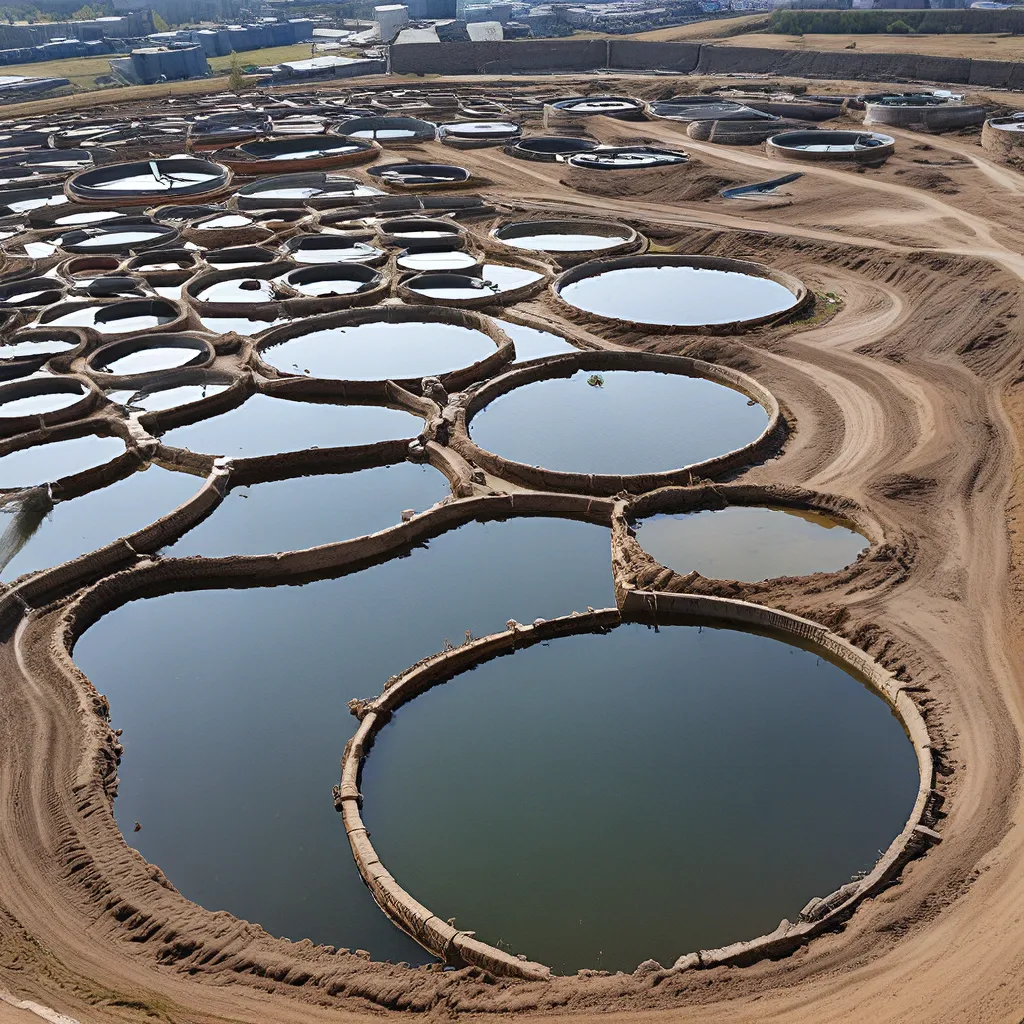
Discovering the Hidden Treasure in Our Wastewater
You know, when I think about wastewater, I don’t immediately picture a goldmine. But that’s exactly what it is – a treasure trove of untapped potential, just waiting to be unlocked. It’s like those old pirate stories, where the heroes have to dig through piles of seemingly worthless junk to find the real gems. Well, my friends, the circular bioeconomy is our map to that hidden treasure.
Let me tell you, the way we’ve been handling our wastewater in the past is just the tip of the iceberg. We’ve been treating it like a problem to get rid of, when really, it’s a resource begging to be repurposed. I mean, think about it – all those nutrients, all that energy, just going down the drain. It’s like tossing a diamond into the ocean and expecting it to stay there.
But the tides are turning, thanks to some innovative thinking and a whole lot of elbow grease. Wastewater treatment services are starting to see the value in this so-called “waste,” and they’re finding all sorts of ways to turn it into something useful. From biofuels to fertilizers, from chemicals to health-promoting products – the possibilities are endless.
Riding the Wave of the Circular Bioeconomy
Now, I know what you’re thinking – “But wait, isn’t the bioeconomy just about growing crops and harvesting timber?” Well, my friend, that’s where you’re mistaken. The modern bioeconomy is a much broader and more ambitious beast. It’s all about unlocking the full potential of biomass – from agricultural residues to industrial side-streams, even down to the food waste in our very own kitchens.
And at the heart of this new bioeconomy? The circular economy. It’s all about minimizing waste and maximizing value – turning every last drop of that precious wastewater into something useful and sustainable. It’s like taking a junkyard and turning it into a treasure trove.
Just look at the progress we’ve made in the last decade or so. Thanks to public-private partnerships like the Bio-Based Industries Joint Undertaking (BBI-JU), we’ve seen a explosion of new technologies and innovative products. We’re talking enzymes that can break down even the most recalcitrant biomass, green chemistry that puts fossil fuels to shame, and biorefineries that can turn waste into gold.
Unlocking the Secrets of Wastewater
But the real magic happens when we start digging into that wastewater. I mean, just think about all the nutrients and energy that’s trapped in there – it’s like a buffet for microbes and industrial processes. And the best part? We’re finally starting to unlock those secrets.
Take anaerobic digestion, for example. It’s been around for ages, but we’re constantly finding new ways to make it more efficient and productive. By harnessing the power of those hungry little microbes, we can turn wastewater into biogas and fertilizer – two things that are in high demand in this day and age.
And then there’s enzymatic hydrolysis – a process that uses specially designed enzymes to break down even the toughest plant materials. Lignocellulosic biomass, which was once seen as a major obstacle, is now a goldmine of potential. We can use it to produce biofuels, biochemicals, and even high-value products like pharmaceuticals and cosmetics.
Tackling Tough Challenges with Circular Solutions
But it’s not just about the technology, folks. Sustainability and resilience are key pillars of the circular bioeconomy. We’re talking about minimizing greenhouse gas emissions, protecting biodiversity, and building a more equitable and inclusive** economy.
Take the issue of feedstock availability, for example. It’s a tough nut to crack, but the circular bioeconomy is rising to the challenge. By diversifying our biomass sources – from agricultural residues to industrial side-streams to municipal waste – we’re reducing the pressure on our precious land and water resources.
And then there’s the social aspect. By decentralizing our biorefineries and empowering local communities, we’re creating new jobs and economic opportunities in rural and coastal areas. It’s a win-win-win for the environment, the economy, and the people.
Charting a Course for a Sustainable Future
But we’re not just dreaming of a better future – we’re making it happen, one step at a time. With public-private partnerships, targeted policies, and a whole lot of determination, we’re transforming the way we produce, consume, and dispose of our resources.
Sure, there are challenges along the way – regulatory hurdles, technological barriers, and societal skepticism. But I believe that by working together, we can overcome them and build a truly sustainable and circular bioeconomy.
Because at the end of the day, wastewater isn’t just a problem to be solved – it’s a golden opportunity waiting to be seized. So let’s dive in, roll up our sleeves, and unlock the hidden treasure that’s been right under our noses all along. The future of our planet and our people depends on it.